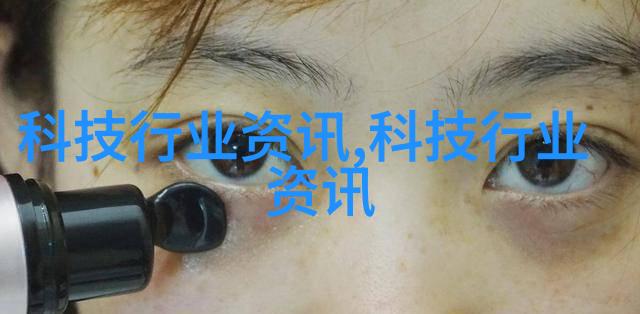医疗奇迹:医院可穿戴设备的未来之光

一、智能监测:生活在数字手环上的健康管理
hospitals have adopted wearable devices to monitor patients' health conditions and track their daily activities. Wearable devices such as smartwatches and fitness trackers can continuously monitor vital signs like heart rate, blood pressure, and body temperature. They also provide real-time data on physical activity levels, sleep patterns, and nutrition intake. This information helps healthcare professionals make informed decisions about patient care.

二、远程诊疗:网络连接下的无缝沟通
The integration of wearable technology with telemedicine has revolutionized remote patient monitoring. Patients can wear a device that transmits vital signs to doctors in real-time, allowing for early intervention in case of any abnormal readings. For example, a patient with chronic conditions such as diabetes or hypertension can wear a continuous glucose monitor or blood pressure cuff that sends data directly to their doctor's computer.

三、个性化治疗:定制药物和治疗方案
Wearable devices are increasingly being used to personalize treatment plans for patients based on their unique biological makeup. By tracking genetic markers through DNA sequencing analysis, healthcare providers can tailor medications and therapies specific to an individual's needs.

四、预防保健:预见未来病变的先知者
The use of wearable technology in preventive care is another area where hospitals are investing heavily. Devices such as smartwatches equipped with electrocardiogram (ECG) capabilities allow for the early detection of arrhythmias or other cardiac abnormalities before they escalate into serious complications.

五、数据分析与人工智能:智慧决策的基石
With the vast amounts of data generated by wearable devices comes the potential for advanced analytics using artificial intelligence (AI). Hospitals are leveraging AI algorithms to process this data quickly and accurately identify trends that may indicate emerging health issues or predict future risks associated with certain medical conditions.
六、高科技护理助手: 24/7伴侣服务
From robotic nurses assisting with routine tasks like medication dispensing or wound dressing changes to virtual assistants providing emotional support during recovery periods – hospitals are exploring how wearable technology can be harnessed to create more efficient workflows while enhancing patient experiences.
七、新兴技术与创新应用: 未来看点不容忽视
As advancements continue in areas like augmented reality (AR), virtual reality (VR), and nanotechnology , we will see new applications emerge that further transform the way we approach healthcare management within hospitals using wearables . These innovations promise not only improved efficiency but also better outcomes for patients worldwide .
八、伦理与隐私保护: 在技术进步中保持道德标准
In our enthusiasm for embracing these technologies , it is crucial not forget ethical considerations surrounding privacy protection . Healthcare organizations must ensure secure transmission channels between users' personal health information stored on these gadgets .
九、大规模实施与挑战: 综合解决方案以支持全民健康计划
While there have been significant strides made towards integrating wearable tech into hospital settings , much work remains before widespread adoption becomes commonplace . Key challenges include addressing costs associated with purchasing these tools along implementing comprehensive training programs tailored toward staff members who might struggle adapting new practices related incorporating them seamlessly into existing workflow systems at all levels within institutions .
十,结语: 将医学传统与科技革新相结合,创造更美好的未来世界
As we look forward toward an era where digital innovation continues shaping modern medicine's landscape , it becomes clear that combining traditional medical expertise alongside cutting-edge technological advancements holds immense promise promising us nothing less than brighter futures ahead - both now & beyond!


